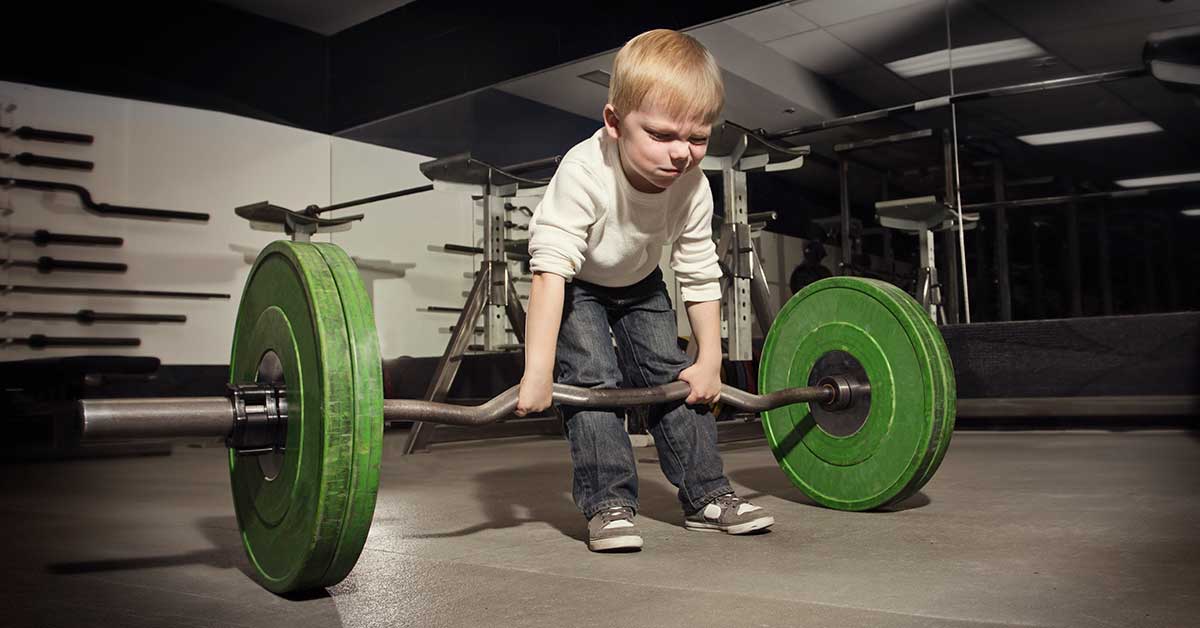
I frequently hear coaches repeat the mantra that kids are not miniature adults, only to see them then turn around and program exercises and practices using adult-driven ideas rather than youth-centered principles. Don’t believe me? Raise your hand if you (or someone you know) work with prepubescent children and use any of the following approaches:
- Foam rolling.
- Functional movement screens.
- Standards to advance young athletes from one phase of training to another, such as every athlete must be able to complete 20 push-ups before they can bench press.
- Words and phrases like “mental toughness,” “grit,” and “drills.”
- Using the term “elite” for youngsters under 12 years of age.
- Cherry-picking the “best athletes” for your U-10 team while the others ride the bench.
- Having an “A” and a “B” team.
OK, you can put your hand down now. While there are many examples in our current sports/strength and conditioning cultures, these seven “deadly” sins illustrate the point that many coaches say they are youth-centric, but what they do tells a different story.
Many coaches say they are youth-centric, but what they do with their youth athletes tells a different story, says @rihoward41. Share on XWhere is the evidence for these practices? While some of these approaches have not necessarily been shown to be detrimental, their use has no evidence grounded in science and could be more harmful than beneficial. Since there have not been controlled studies conducted in the prepubescent population, we can’t be sure yet, as there is no evidence one way or the other. These pursuits, however, are based on adult thinking, showing that coaches don’t always really mean it when they say kids are not miniature adults. Just because it works for high school, college, and pro athletes, does not necessarily mean it is applicable for youngsters (hence the mantra in the first place, kids are not miniature adults).
Each of the following seven practices (which match up to the seven bullet points above), are evidence-based and help kids reach their potential. To be truly youth-centered, consider using the following practices:
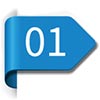
Let Kids Solve Movement Problems
Get kids to move and encourage movement in all three planes of motion. For this first recommendation, letting kids solve movement problems achieves the same benefits for them as foam rolling does for adults: increased blood flow, improved movement, increased range of motion, and decreased risk of injury. Once they can master movement in all three planes separately, have them move in a combination of planes.
Let kids move in all of these scenarios: on their own, with some guidance, and under direct supervision. Encourage them to move regularly. Move with them! Many kids do not get the opportunity to move often enough. Help them increase their movement vocabulary before prescribing more work for them where they do not get to move, such as some popular mobility and flexibility techniques that are intended for adults but may not be justified for use with children.
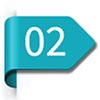
Use Your ‘Coach’s Eye’ to Observe Foundational Movements
Screening only a few movements will not tell the whole movement story and has not been shown to be valid and reliable in kids. Instead, consider whether kids can adequately master motor skills in the locomotor, object control, and body awareness categories. These are important first steps before you attempt complex movements incorporating more than one motor skill.
For example, kids should be able to run well and kick well before attempting to run and kick (you remember playing kickball in elementary school recess and some kids would miss the ball, right?). Kids should also focus on the seven primary movements: hinge, squat, lunge, brace, rotate, push, pull (and many coaches now include carry). Also consider adding movements kids can use for sports and for the rest of their lives (swimming, biking, etc.).

Promote Opportunities for Kids to Develop Competence in All Fitness Attributes
Trainable health-fitness attributes include muscle strength, muscle endurance, flexibility, and cardiovascular endurance. Skills-fitness attributes include “ABC-PS”: Agility, balance, coordination, power, and speed. Always incorporate motor skills. When including strength movements, remember it is difficult within the construct of strength to compare a measure of relative strength (strength per body weight, such as a push-up) to a measure of absolute strength (strength moving an external object, such as a bench press). The two are not necessarily related. If you are truly building movement vocabularies for kids, you will find a way to include both exercises at the level that best matches each child’s ability.
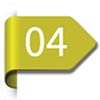
Focus on the Phrase ‘Physical Literacy’
Use sports, fitness, activities, and free play to find what works best on any given day. Make sure to provide youngsters with opportunities to move in a variety of ways on a variety of surfaces under a variety of conditions (this is why drills are not always effective). Let them try different things and figure it out their way. Build off of successful movement. Use positive cueing (keep your head up instead of don’t look down, for example).
Provide youngsters with opportunities to move in a variety of ways on a variety of surfaces under a variety of conditions, says @rihoward41. Share on X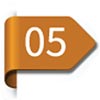
Replace ‘Elite’ with Words Like ‘Wellness’ and ‘Balance’
These terms apply to physical, mental, social, technical, and tactical abilities. Our role is to build successful movers. Some of us do that through sports, some through physical education, some through strength and conditioning, and some via positive parenting. All of us are in this together to help kids be successful movers from cradle to grave, not to be on the championship U-10 A team.
Focus on holistic development for every child, and balance their physical, emotional, social, psychological, and educational wellness. The wellness wheel is flat if you don’t help kids develop all aspects of wellness. Remember, they are kids. Some play sports. Some play video games. How are you getting them to be healthy, fit, ready to learn, and the best they can be?
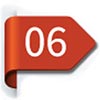
Teach Kids Every Position in a Variety of Sports (and How to Play on Their Own)
Since the majority of coaches are not tracking peak height (and weight) velocity, it is difficult to tell whether your tallest player at age 10 will be the tallest player at age 16, for example. Why not teach every player every position and have league rules that dictate that every player must play x number of plays at y number of positions?
Be sure that kids learn to play different positions in a variety of sports. At best, every player can grow and develop and be ready to play the position that best matches their stature. At worst, every player develops a sense of what each different position is like. This may benefit their “field sense,” which is their awareness of their surroundings and anticipation of what will unfold on the field of play.
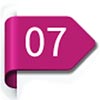
Instead of an ‘A’ and a ‘B’ Team, Mix Kids of All Abilities Together
Since you are coaching a team (remember, Together Everyone Achieves More), make it a team effort. Have the kids with a specific skill set work with those that are still learning. Rotate kids of different abilities into different roles so they become successful through the teamwork the group can instill. We love to watch the videos on social media showing someone who we would not expect to succeed having their shining moment due to the selflessness of their teammates. Why not make this a common occurrence?
Further Considerations
When we repeat that kids are not miniature adults, here are some developmental considerations so that we can make the right decisions for strength and conditioning and sports practice:
Physical: Children’s growth and development is nonlinear, meaning it does not always follow a straight path. Watch kids who seem to have a decrease in performance (especially during their growth spurt, which is why it is called “adolescent awkwardness”). Meet them where they are across the developmental continuum.
They do not have the fully mature physical size, strength, and stamina of an adult, so they should not be trained the same way. Always err on the side of caution. Kids have thinner skin (literally). Children breathe in more air per pound of body weight, while taking fewer overall breaths per minute. Children have less fluid in their bodies, so fluid loss has a bigger effect. They often believe they are not working as hard as they are, so coaches should monitor them and provide adequate rest breaks.
Emotional: Children feel less of a sense of control in many situations, understand less about certain situations, and have less experience at bouncing back from challenging situations, so mental stress can be harder on them. They may not feel situations with the same intensity as adults. That does not mean they need to be mentally tougher—it means they are kids. Coaches must recognize where each athlete is on the developmental continuum for physical, emotional, and social growth. That said, kids need to be able to fail, and know that is often how learning occurs.
Kids need to be able to fail, and know that is often how learning occurs, says@rihoward41. Share on XSocial: Kids tend to be self-centered, developmentally—meaning they focus mainly on themselves. Their own personality is not yet fully developed. Their role models are adults, usually their parents. They have not yet developed empathy. Youngsters need a caring, child-centric coach who understands the developmental differences and needs of kids.
When coaches focus on the physical, emotional, and psychosocial developmental needs of kids, it cultivates a kids-first culture and ensures that their physical literacy through sport, fitness, and play is nurtured. Youngsters exposed to this type of environment are more likely to be motivated to participate since their needs are being met. Kids also will drop out less as they will be having fun (not having fun is the No. 1 reason kids stop playing sports; not playing and getting yelled at are two reasons kids don’t have fun).
This approach provides kids with a wide variety of movement opportunities across a broad spectrum of sports. Since fitness, play, and fun are included, aspiring athletes will have a reduced risk of injury. Since all kids are given consistent opportunities to enhance their movement capabilities, they will develop the movement competence and self-efficacy that is so important for them to want to continue to move in sports and throughout their lives.




